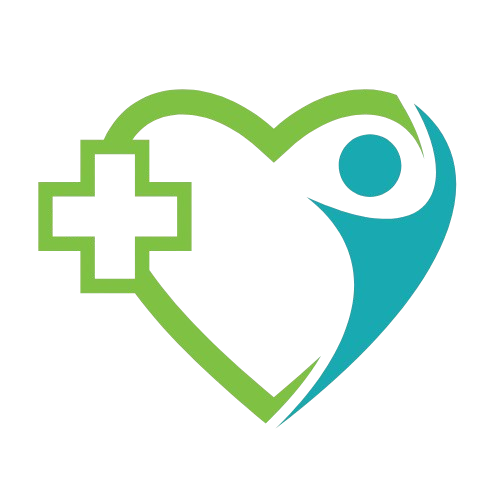Modern healthcare relies on advanced imaging techniques to diagnose and monitor medical conditions accurately. Among the most common and important diagnostic scans are Ultrasound, CT, and MRI.
1. Ultrasound (Sonography)
-
Uses sound waves to create real-time images of internal organs and tissues.
-
Commonly used in pregnancy scans, abdominal scans (liver, kidney, gallbladder), thyroid, and blood flow studies.
-
Advantages: Safe, painless, no radiation, and quick results.
2. CT Scan (Computed Tomography)
-
Uses X-rays and computer technology to produce detailed cross-sectional images of the body.
-
Helps detect tumors, internal bleeding, fractures, infections, and vascular diseases.
-
Often used in emergencies because it is quick and highly accurate.
-
Advantages: Provides more detailed images than regular X-rays.
3. MRI Scan (Magnetic Resonance Imaging)
-
Uses strong magnetic fields and radio waves to create high-resolution images of organs, soft tissues, brain, spinal cord, joints, and blood vessels.
-
Especially useful for neurology (brain & spine), orthopedics (joints & soft tissues), and cardiology (heart & vessels).
-
Advantages: No radiation, excellent for soft tissue imaging, highly detailed.


